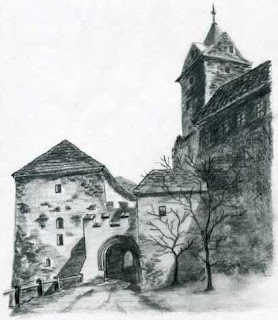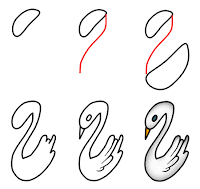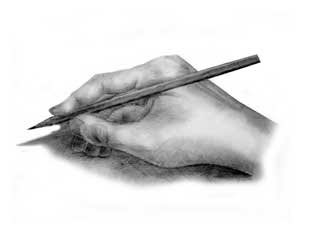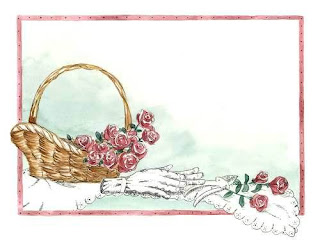 I am a drawing teacher and love to see kids learning and enjoy drawing class. Sometimes teachers want to enhance their own skills in particular area, so there are lots of online sites offering free tutorials to improve at drawing.
I am a drawing teacher and love to see kids learning and enjoy drawing class. Sometimes teachers want to enhance their own skills in particular area, so there are lots of online sites offering free tutorials to improve at drawing.These basic drawing tips and tutorials can be adopted in classroom to teach basic drawing process to students.
Tips to help you with practicing drawing:
Prepare the essential drawing tools for drawing which are pencil, eraser and paper. HB pencil is probably the most popular hardness of a pencil, because it is neither too soft nor too hard. It allows you to draw a large variety of pencil drawings and sketches and, is excellent for shading.
Sketchbook, notepads, chalkboards, whiteboards, the backs of receipts, you may use anything to practice drawing.
How to hold the pencil?
The most common way to hold a pencil is the basic tripod grip. The basic tripod grip is the same as the one you probably use for writing.
This grip allows the pencil to be finely controlled by the fingers, so holding a pencil this way is ideal for drawing fine detail. The upright position of the pencil allows for accurate shading with the tip, rather than side, of the pencil.
There are more ways to hold the pencil. You may notice another way of holding pencil for shading in facing picture.
While practicing drawing, don't be so concerned with how the finished product will look. Instead, be open-minded as to how your drawings may turn out.
The lines we draw are representative of the thoughts we think. And in realizing this connection, it's important to be able to both think and draw creatively.
 Take on a more 'free-flowing' approach with respect to the lines you put down on paper. Instead of fixed, rigid lines — switch over to quick, wispy, sketchy ones, gradually bringing the desired image into view.
Take on a more 'free-flowing' approach with respect to the lines you put down on paper. Instead of fixed, rigid lines — switch over to quick, wispy, sketchy ones, gradually bringing the desired image into view.You should have less focus on how your drawings will look when they're finished, and more focus on the process at hand — that of being creative.
Learning and improving at drawing is an ever-changing process, one that always has the potential to yield a number of different results and every drawing will be a learning experience for you.
Treat each new drawing as a stone on the pathway to success and with each new creation, you'll be one step closer to your goal. Draw in the moment!
Free download:
'Learning how to draw' 133 pages of pdf file (2.27 M)
Download link
*** You may like to use online lessons to learn to draw at 'Draw Space'
YouTube video: Drawing lessons
Useful links:
* 'Learn to draw'
* 'Drawing coach' offers free lessons on drawing techniques.
* 'Easy drawings and sketches' has many tutorials to learn drawing. You may check this site.


















